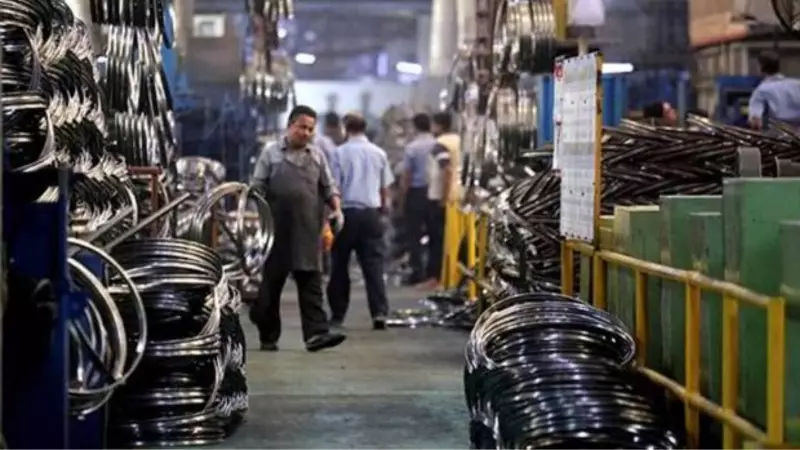
In a significant move that could reshape India's special economic zones landscape, a high-level government panel is putting the finishing touches on groundbreaking new regulations that will allow SEZ units unprecedented access to the domestic market.
The New Framework: Balancing Compliance and Commerce
The proposed regulations represent a paradigm shift from the current restrictive approach. Under the new framework, SEZ units will be permitted to sell their products in the domestic market by paying applicable customs duties on inputs rather than the finished goods. This crucial distinction could make domestic sales significantly more attractive for SEZ manufacturers.
Key Features of the Proposed System
- Input-based Duty Calculation: Companies will pay duties only on imported components used in products sold domestically
- Simplified Compliance: Reduced paperwork and streamlined approval processes
- Level Playing Field: Maintains competitive balance between SEZ units and domestic industry
- Enhanced Flexibility: Allows companies to optimize production for both export and domestic markets
Addressing Long-standing Industry Concerns
The move comes as a response to persistent demands from exporters who have argued that existing regulations were too restrictive. Many SEZ units found themselves with excess capacity but limited avenues to utilize it due to domestic market restrictions.
"This could be a game-changer for SEZs that have been struggling with underutilization," said a senior commerce ministry official familiar with the developments. "The new system acknowledges the reality that companies need flexibility to remain competitive in a dynamic global market."
The Baba Kalyani Committee Legacy
The current reforms build upon recommendations made by the Baba Kalyani committee in 2018, which advocated for transforming SEZs into employment and economic enclaves with greater integration with the domestic economy. The committee's vision appears to be finally taking concrete shape through these regulatory changes.
Expected Impact on Indian Manufacturing
- Better Capacity Utilization: SEZ units can optimize production across both export and domestic segments
- Enhanced Competitiveness: Reduced compliance burden allows focus on core manufacturing activities
- Investment Attraction: More flexible regulations could make Indian SEZs more appealing to global manufacturers
- Supply Chain Integration: Easier movement between SEZ and domestic units strengthens manufacturing ecosystem
The final regulations are expected to be notified soon, marking what could be the most significant reform in India's SEZ policy since its inception. Industry stakeholders are watching closely as these changes could potentially unlock billions of dollars in untapped manufacturing potential.





